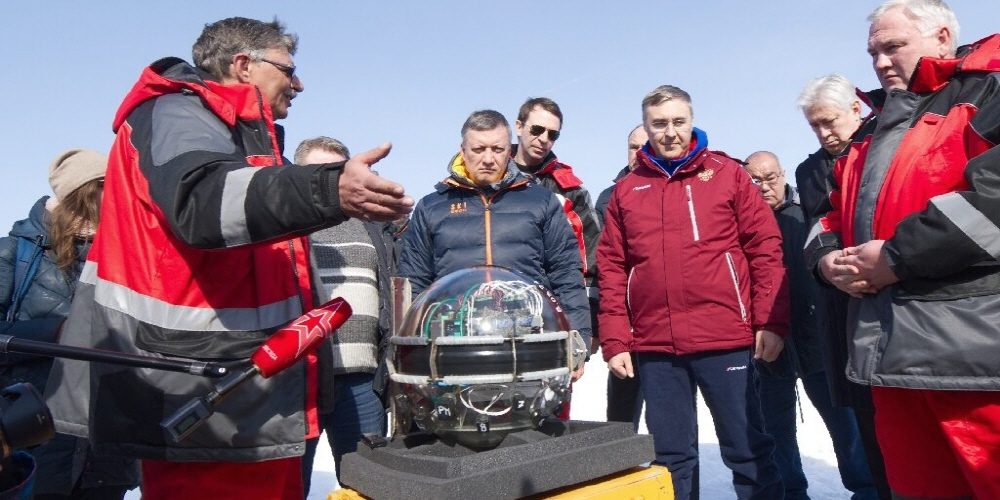
Russian scientists have completed the GVD-1, which will be the first stage of the Baikal deep underwater neutrino telescope (BDUNT), or Baikal-GVD, which has been built since 2015.
Built literally for neutrinos observation, the facility consists of a number of optical modules in a transparent sphere. 288 optical modules as one set to form an 8-set cluster, all of which are immersed at 4 km from the shore of Lake Baikal and at a depth of 750 to 1,300 m. Record the Cherenkov effect.
An official from the Russian Institute explains that a small square hole will be made in the frozen Lake Baikal, and the optical module will be immersed into a 0.5 km 3 neutrino telescope.
BDUNT, a joint project of Russia, Germany, Poland, Slovakia, and the Czech Republic, is the northern hemisphere’s largest neutrino detector. In the future, the installation of optical modules will be continued, and in a few years, the installation range will be expanded to 1km 3 so that it can be observed.
It is expected that neutrinos observation and research will provide important information to explain how the universe has changed. With the installation of this optical module, the Russian side is expected to contribute to a deeper understanding of the universe and to clarify the history of how galaxies were born and grown.
For reference, neutrino observation has announced that the Ice Cube neutrino observatory, an observation facility buried in Antarctic ice with the same structure as this BDUNT, observed a reaction that causes neutrino antimatter on March 11th. Observed in December 2016, it found traces of the formation of elementary particles when antineutrinos collided with ice electrons. It is said that this reaction has never been observed since it was advocated in 1960. Related information can be found here.


















Add comment